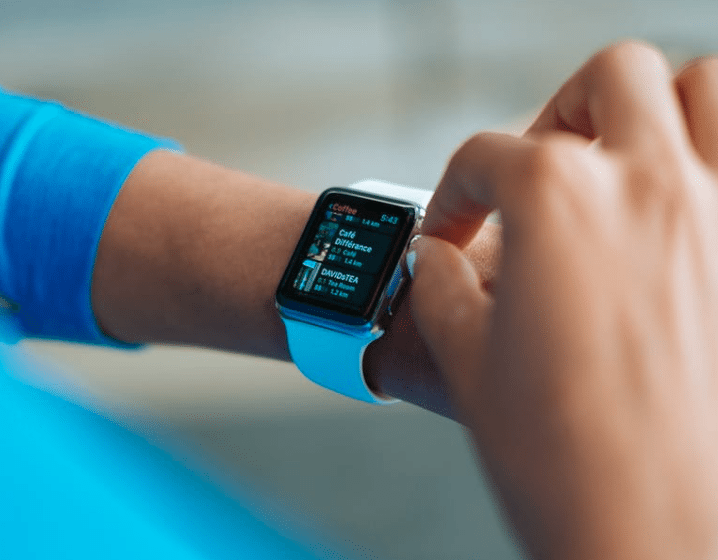
The reality is that smartwatches won’t demand heavy loads of LTE data anytime soon. The LTE Apple Watch only has enough power for one hour of calls, the larger Samsung Gear S3 can handle up to three hours, and neither can serve as hotspots for larger devices, according to VentureBeat. These devices are still accessories to the cell phone; consumers aren’t going to have one without the other.
The challenge becomes justifying the carrier fees associated with these wearables. From a monthly fee perspective, consumers are charged $10-$15 per month depending on which carrier their LTE service comes from. Additionally, there’s an activation fee, with AT&T and Verizon charging $25 and Sprint charging $30.
So if this is the reality, what’s a more reasonable cost structure? According to VentureBeat, $5 or less. In comparison, a tablet plan with 1 GB of data costs approximately $10 per month, and the perceived monthly value of a wearable is lower.
The purpose of the wearable was to cut the tether from the addiction of smartphones, but with the limited battery capacity, and its co-dependence on the cell phone, this is not the adoption in reality. However, according to VentureBeat, with the right pricing and performance, LTE wearables could actually surpass phones by becoming necessities for huge numbers of young kids and seniors.
January 10, 2018




Reader Interactions